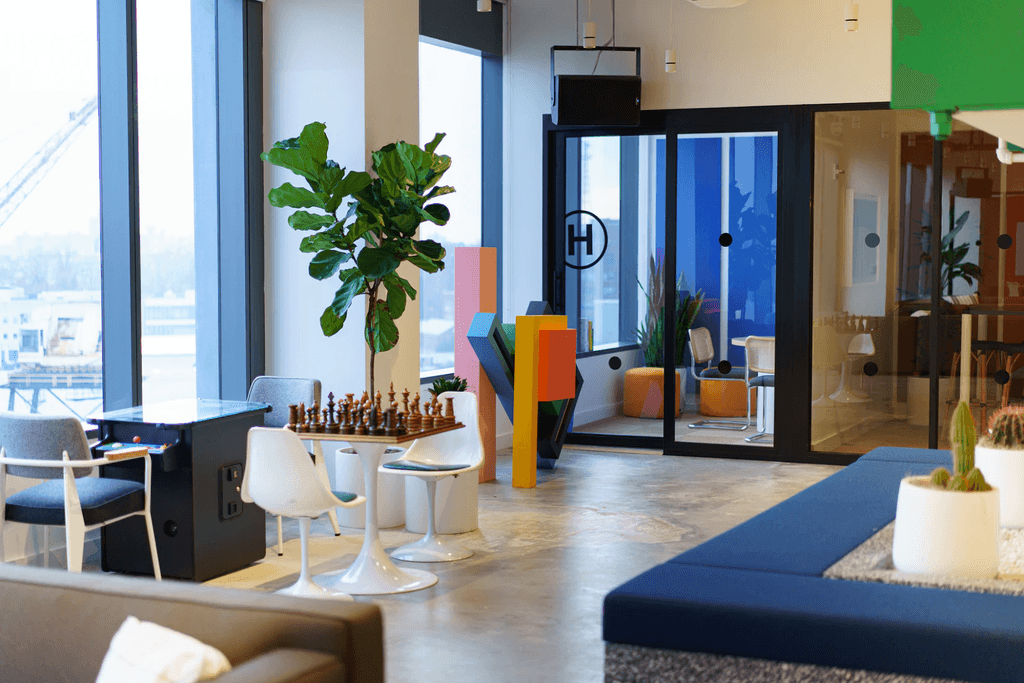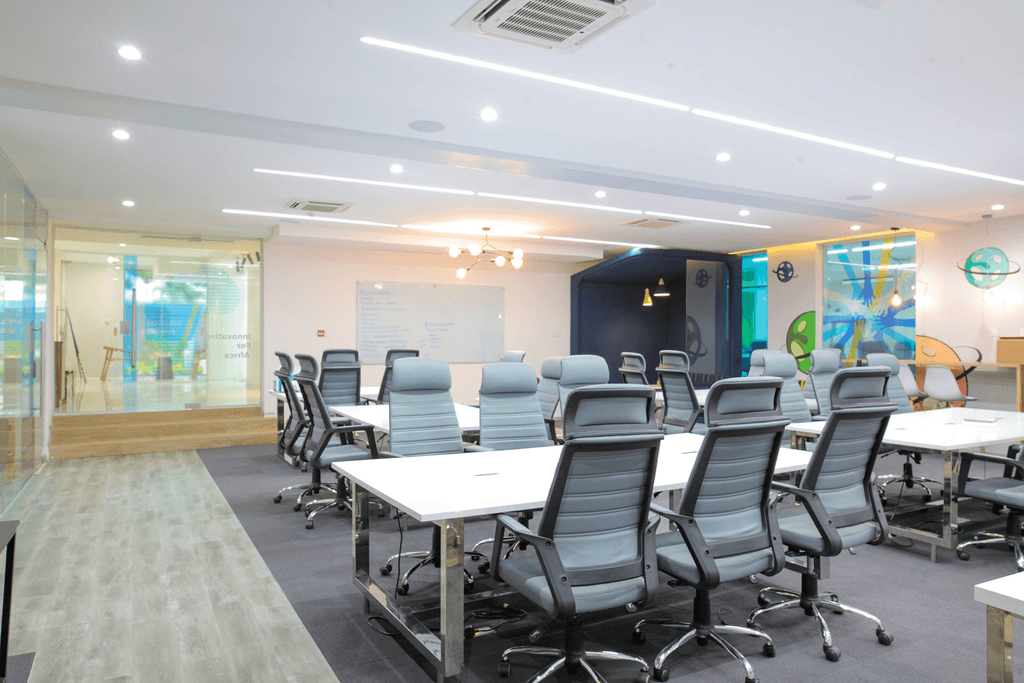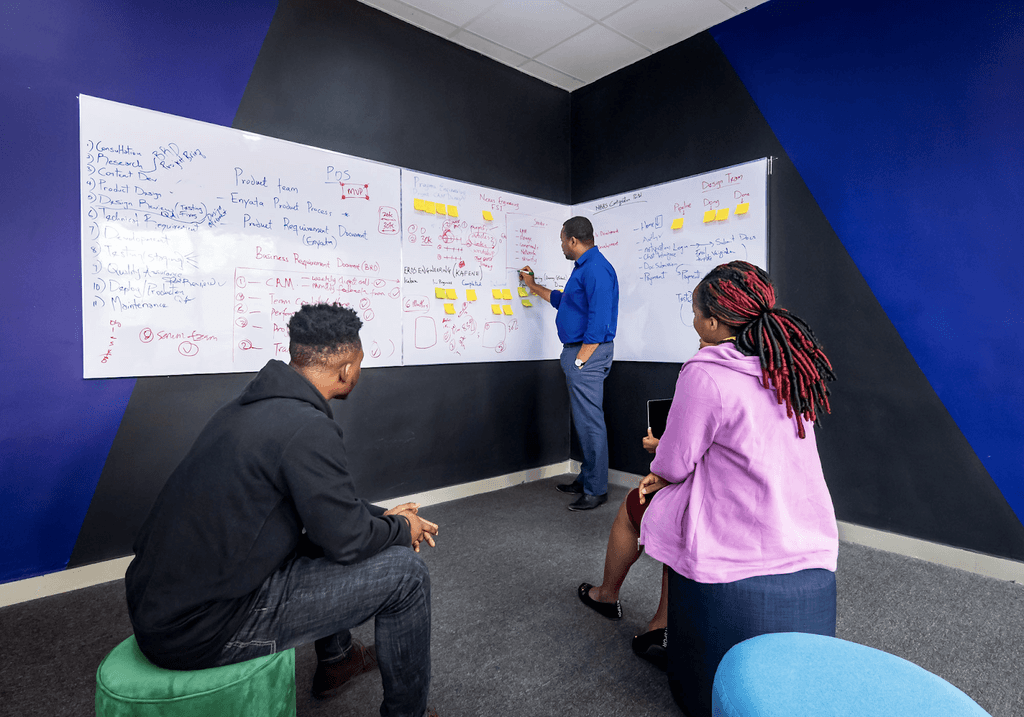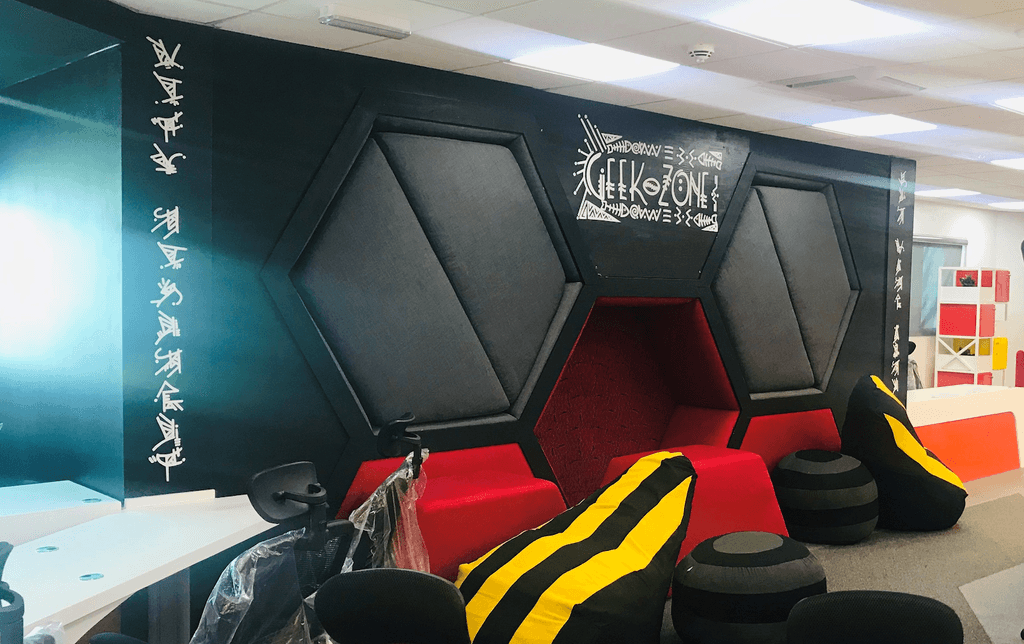Career and Life Lessons from 2 Years as a UX Researcher
13 March 2020
7 Mins Read

Michael Awonowo
Designing Spaces to Drive Creativity
Designing work spaces to foster creativity
It is common knowledge that one’s environment at work plays a major role in how effective one is. This information is not lost on designers and their need to be creative, and has led to a spur in modern workspaces across the world. This is especially true in organisations that employ designers and other creative professionals and require them to perform at peak performance.
Creativity, in itself, has been described as a process and also an outcome (a creative solution) and as such, has steps to achieving it. These steps can be broken down into four phases; the Investigation/Research phase, the Unconscious processing phase, the Eureka moment phase and lastly, the Validation phase.
It is important to note that not all designers would admit to relying on a laid down set of rules to creating solutions (this might be because some have a more ‘unscientific’ approach to how they solve problems or express their ideas and are thus unaware of their ‘methods’) but more often than not, the above list sums up their process.
Why is it important to know this process? So, as designers, we can control the process and as business owners, you can foster the process. The latter is given credence by the saying, “What you cannot measure, you cannot manage”. How does one determine how much their work environment either bolsters or hinders productivity in general, and in relation to the creative process?
Needless to say, companies have in recent times grown to prioritise the role of the designer, employers have ‘stepped up’ their workspaces to amplify creativity. Get this wrong and you amplify the chances of receiving meagre returns from your designers, alienating them or worse, you run the risk of watching them move to your competition.
How then can an employer engineer the creative process?
Simple. By structuring the workspace to mirror each step in the creative process. Creativity is the bedrock of innovation and business owners must give room to their designers to do their best work by providing the best incentives and avenues to do so.
The average person performs one of four types of work at every stage during the day; focus work, collaborative work, reflective work and/or socialising [read: play]. These form the basis of a typical workday.
Focus areas
These areas are dedicated to intense focus work designed to leave very little room for distraction. An average person spends at least 50% of their workday in these areas because it facilitates research and brainstorming. It is your typical workstation setup surrounded by people with similar work setups. Some organisations prioritise this and have their people spend more than 60-80% of their workday in these spaces as they give an impression of diligence and focus (albeit sometimes exaggerated) while some offices gravitate towards another extreme providing only focus areas in their workspaces to the detriment of the designer.
Collaboration areas
These areas foster communication between employees and teams which is a key proponent for good design and creativity. The avenue to share ideas and bounce them off colleagues cannot be overstated and this directly inspires the unconscious processing phase as our minds piece and pair information together as our colleagues dispense them. They are usually defined as meeting rooms, huddle spaces or the unorthodox lounge in more contemporary organisations. Care must be taken to ensure they are evocative and are in no way similar to the focus areas because that can easily negate the essence of such areas.
Reflection areas
Easily the most underrated aspect of the modern workspace. Spaces designated for reflection afford the designer privacy from the world. Akin to Archimedes and his popular eureka moment in his bath, reflection areas provide designers with room and avenues to ‘stumble’ on eureka moments that are a sum of all the research and conversations had on a topic. These spaces usually appear as private pods, phone booths and restrooms (no kidding). Underestimate these spaces at your peril.
Socialisation areas (Play)
Areas designated for socialisation between workers in an establishment. It is very likely that a company has more specialists beyond the designers in its ranks and these areas give the designers the opportunity to interact with them in the form of play and healthy conversations. More often than not, conversations had in these areas provide respite to the creative mind of a designer and can unconsciously become a catalyst for alternative solutions to problems the designer is currently tackling.
A summation of these different spaces forms a holistic environment that nurtures and drives creativity. Engineering your workspace to control the creative process is the closest method to building a formula that works.
However, a key factor observed here is ‘Choice’. Studies have shown that creative people are more expressive and spontaneous so affording them the ability to choose what works for them and trusting them to deliver based on that is very important.
It is not improbable that the designer stumbles on a eureka moment in an area designated for focus work but the chances of that happening are slim and the option to arrive at such amazing moments should be left to the designer.
Other Posts
So You Are a Senior Designer?
Design Nudge: An Approach to Creating Human-Centered Designs.





